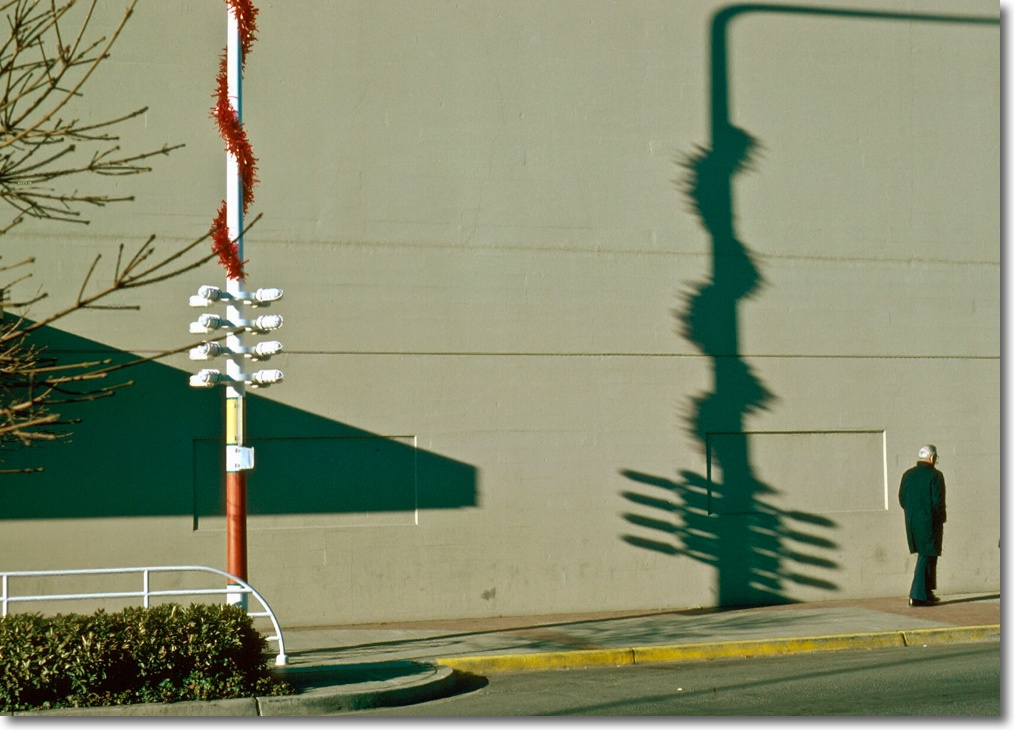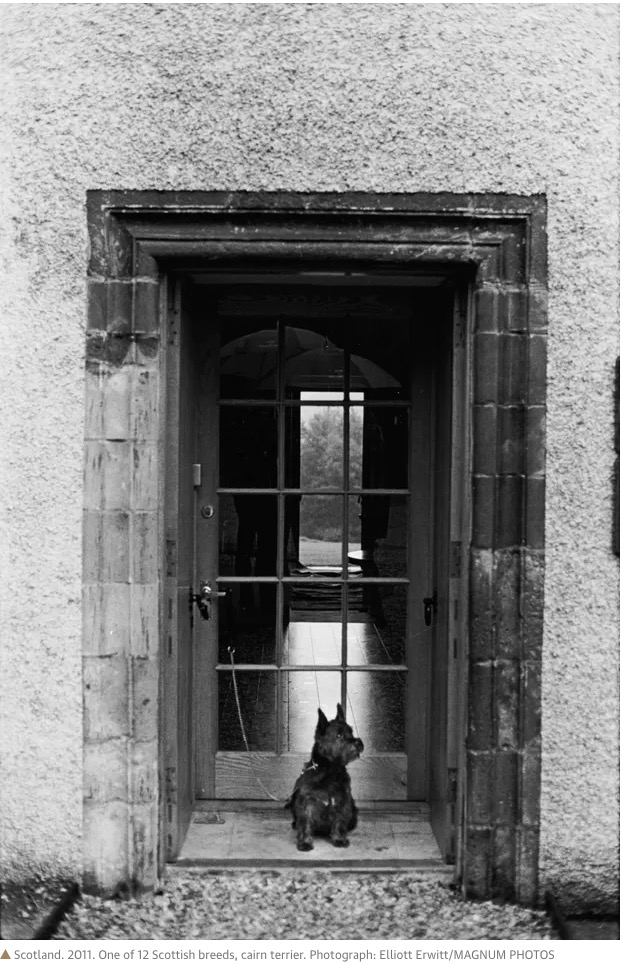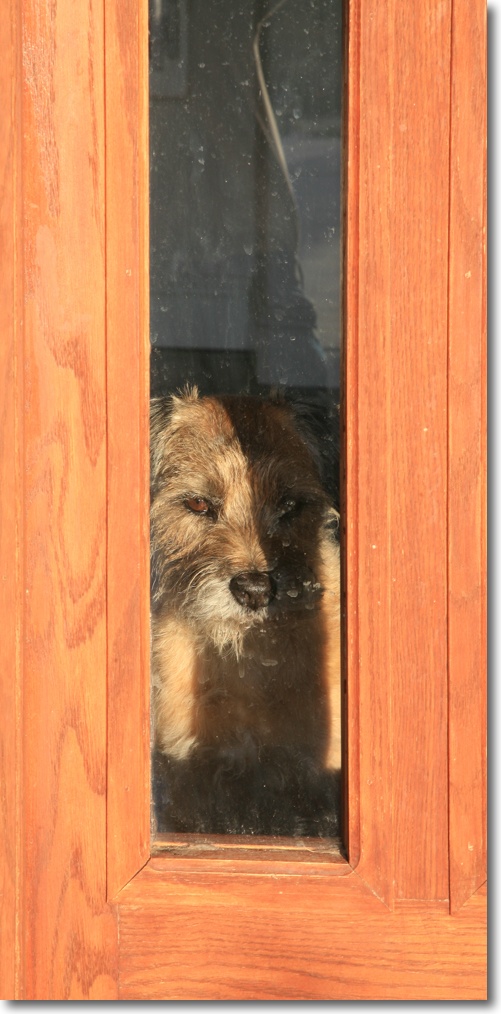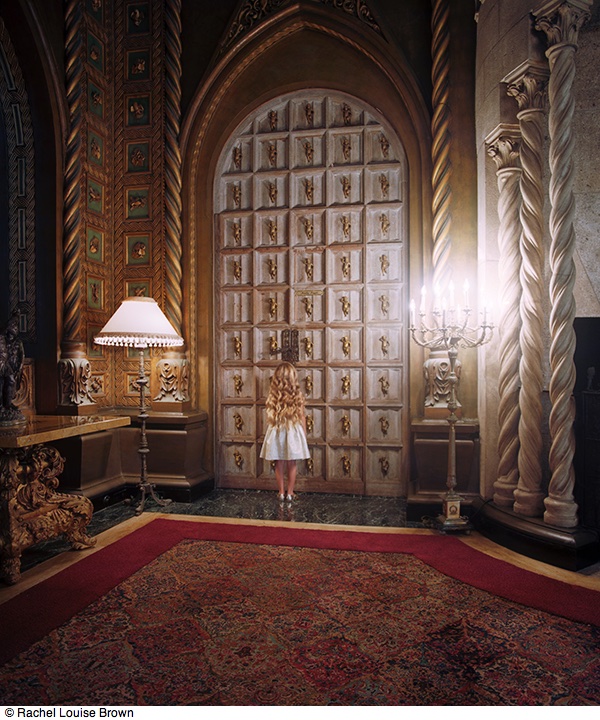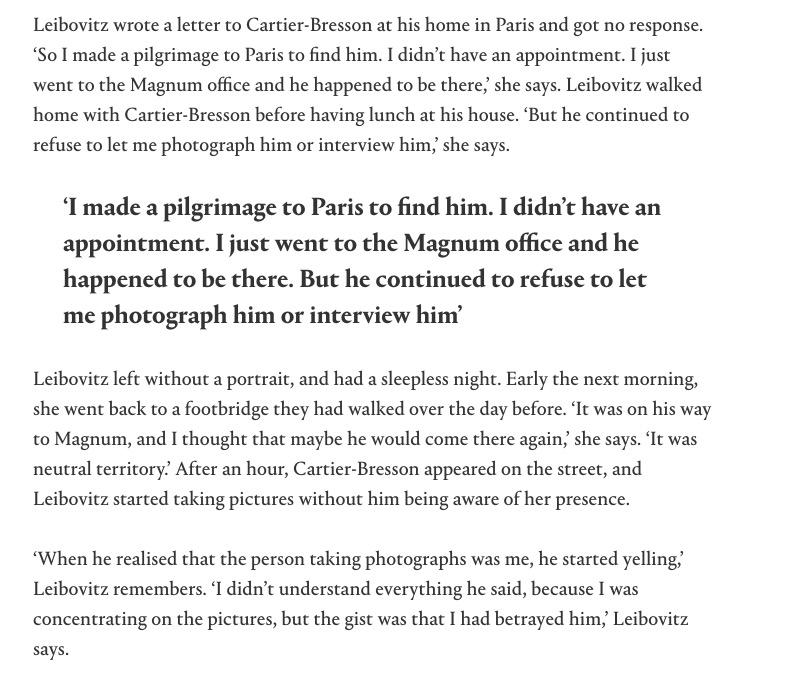Words and music.
When I first moved to Manhattan in 1980, things looked pretty dire on the financial front. While I waited to close on my ‘luxury high rise’ co-op apartment (an L-shaped alcove studio with but 450 square feet of space which the realtor somehow managed to advertise as having 6 rooms) my temporary landlord made off with my deposit. Some $1,000 poorer and every penny deposited on the luxury high rise, I was down to my uppers. Dinner was at the McDonald’s I could see from the 14th floor window on 8th Avenue and the Citicorp branch next door was advertising 18% pass book savings rates, courtesy of the Idiot Carter.
But the stroll from 56th and 8th to Broadway and 57th was but two minutes and you could find me there every night at what had become my local free library. After the splendid repast at Mikey Dee’s, I would traipse round to Coliseum Books and enjoy a chapter of something favorite, no hassles involved. You see, I could afford nothing in the store.
The all time favorite was this:
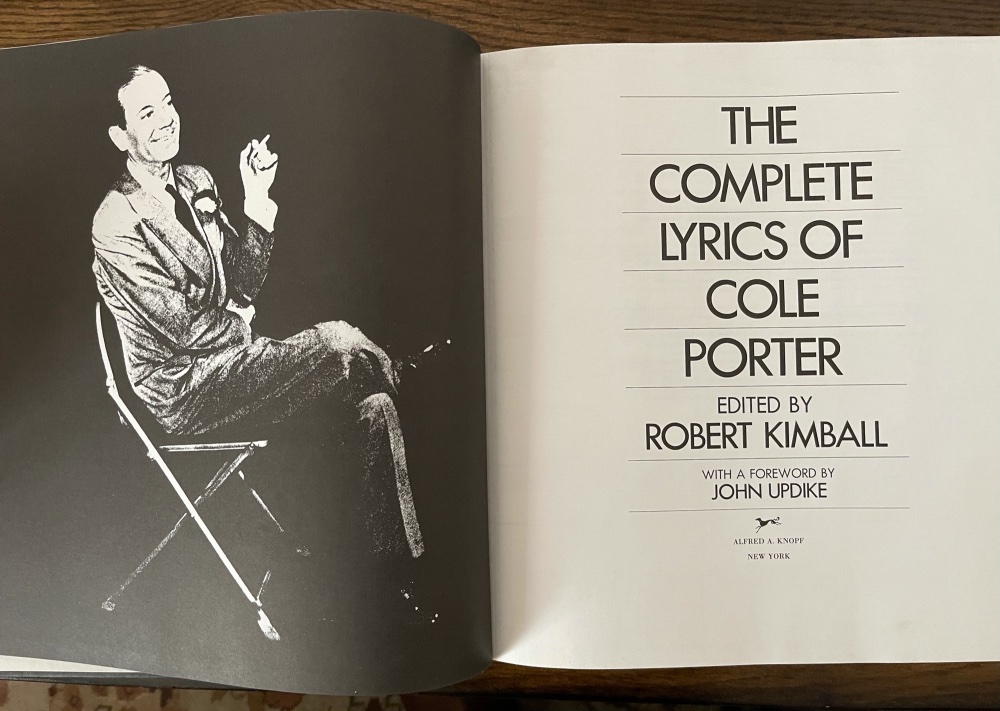
The master.
Fans of Gershwin may carp, but the reality is that George had to retain his brother Ira to write the lyrics. Cole Porter needed no such help. He wrote the words. And the music. And what words and music they were.
The large tome, available used though Amazon, is replete with period photographs, this one being one of the best:
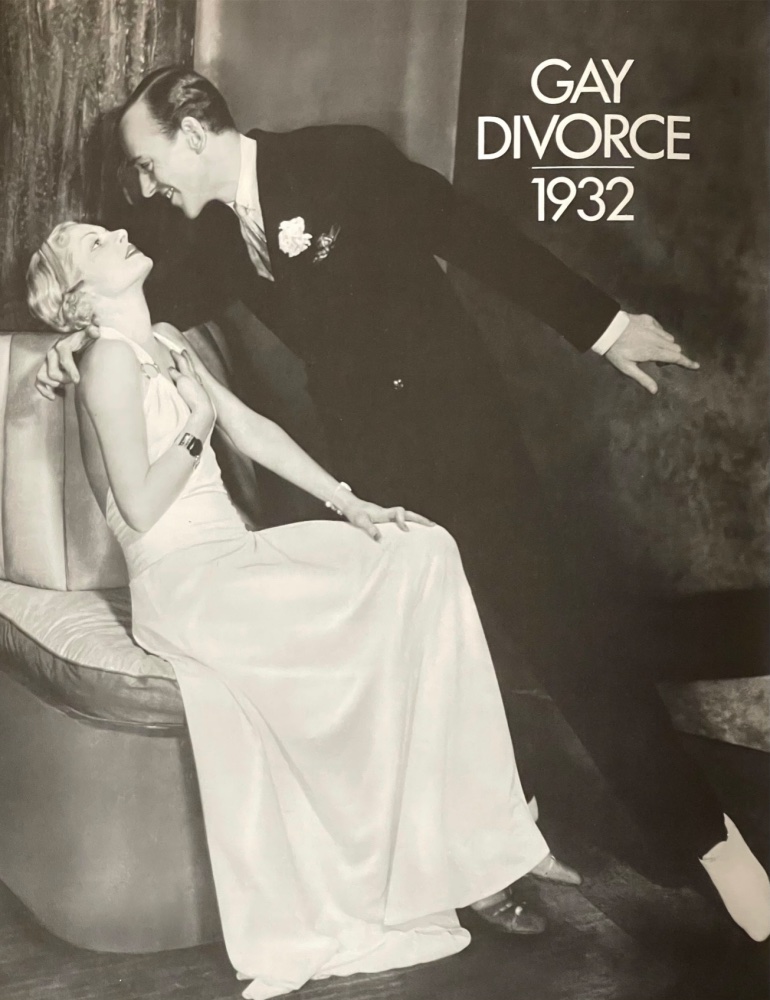
Fred and Ginger.
And who could not thrill to the magic of Cole’s gorgeous word mastery?
You’re the top!
You’re the Coliseum
You’re the top!
You’re the Louvre Museum
You’re a melody from a symphony by Strauss
You’re a Bendel bonnet
A Shakespeare’s sonnet
You’re Mickey Mouse
You’re the Nile
You’re the Tower of Pisa
You’re the smile on the Mona Lisa
I’m a worthless check, a total wreck, a flop
But if, baby, I’m the bottom, you’re the top
The Henri Bendel store, repository of high fashion and kept women, was just across 57th between 5th and 6th Avenues. Sadly, both stores are gone but Cole Porter’s words and music will live forever.
Don’t make my mistake of waiting 40 years to buy this special book.
